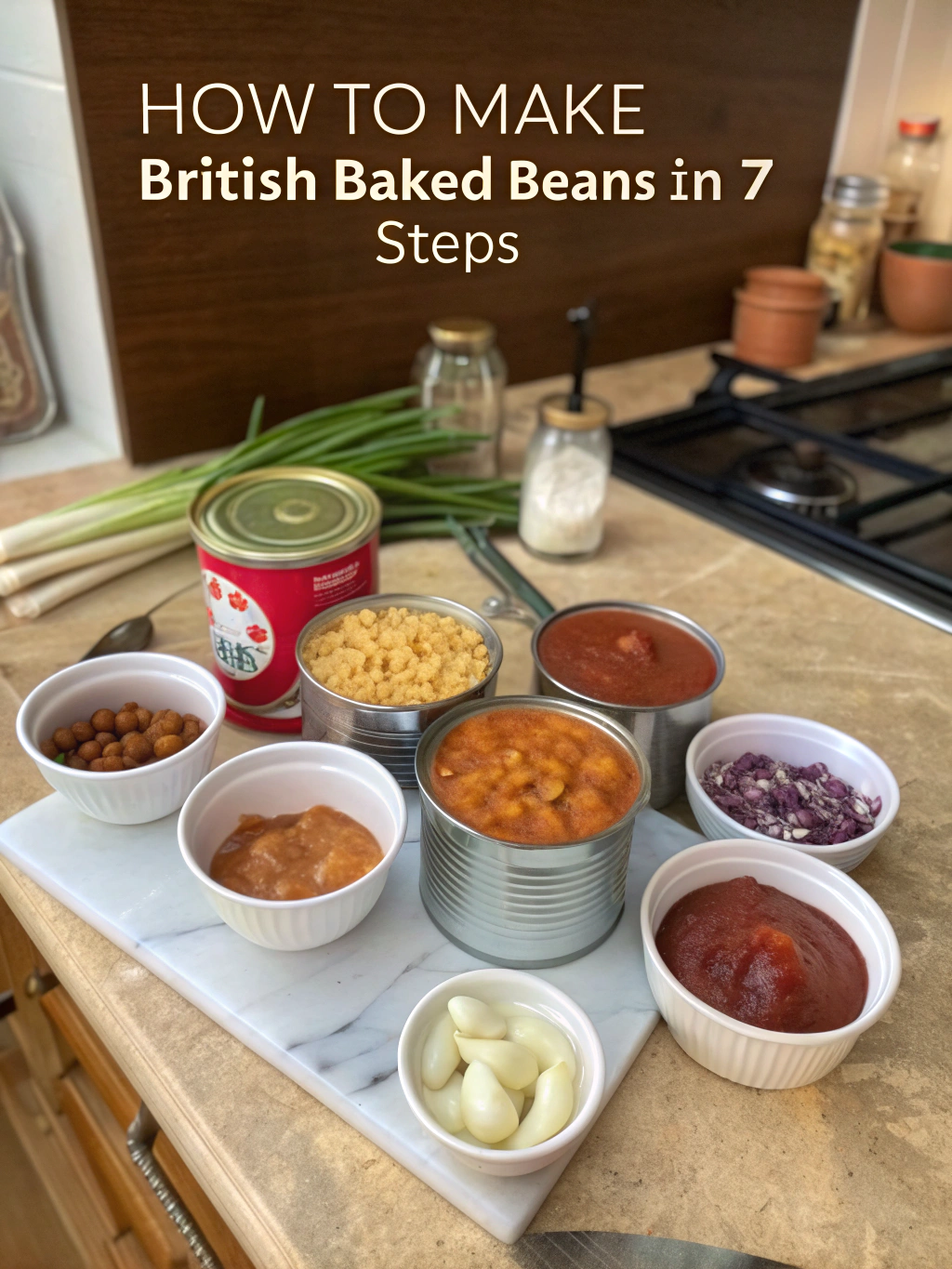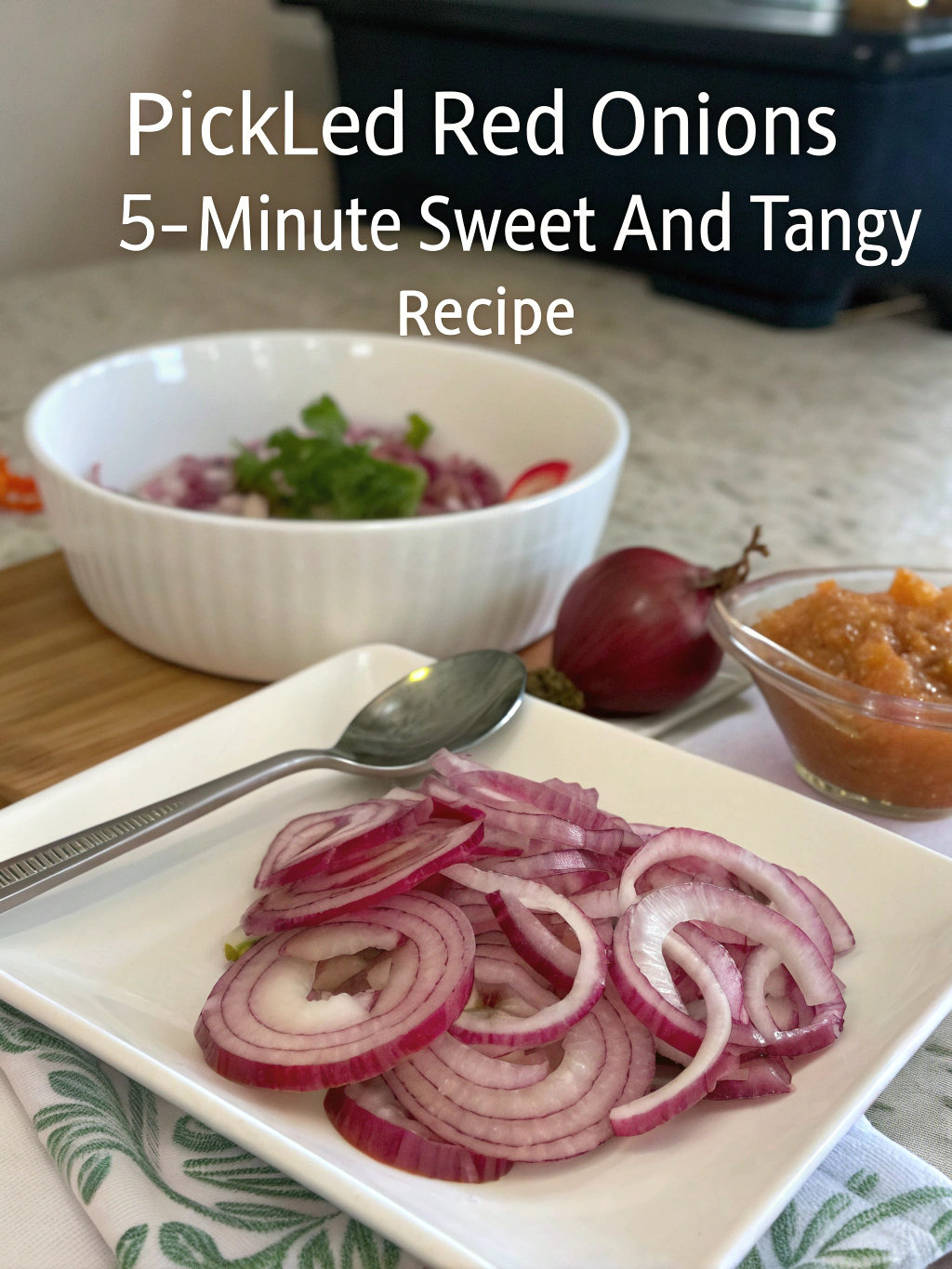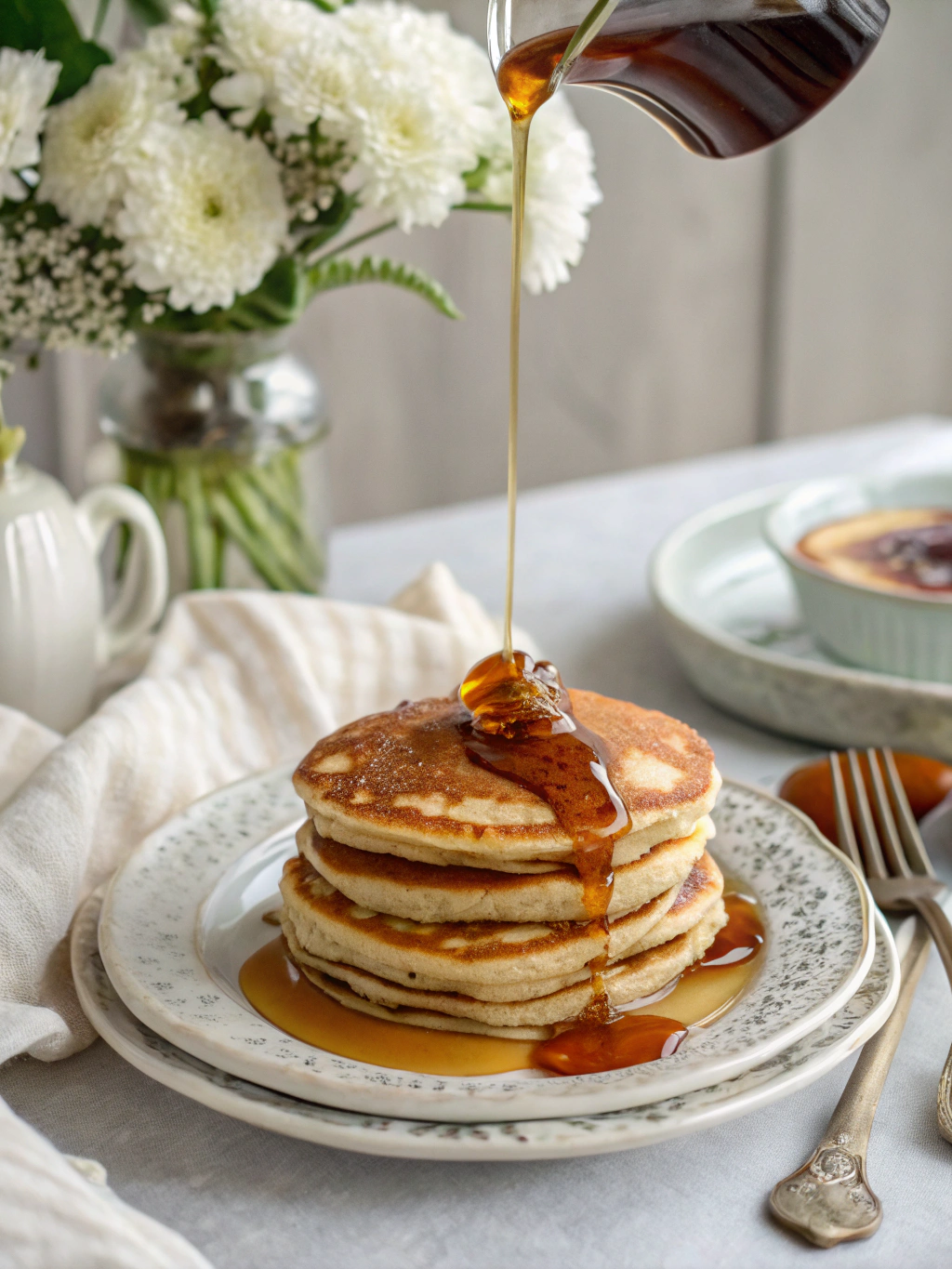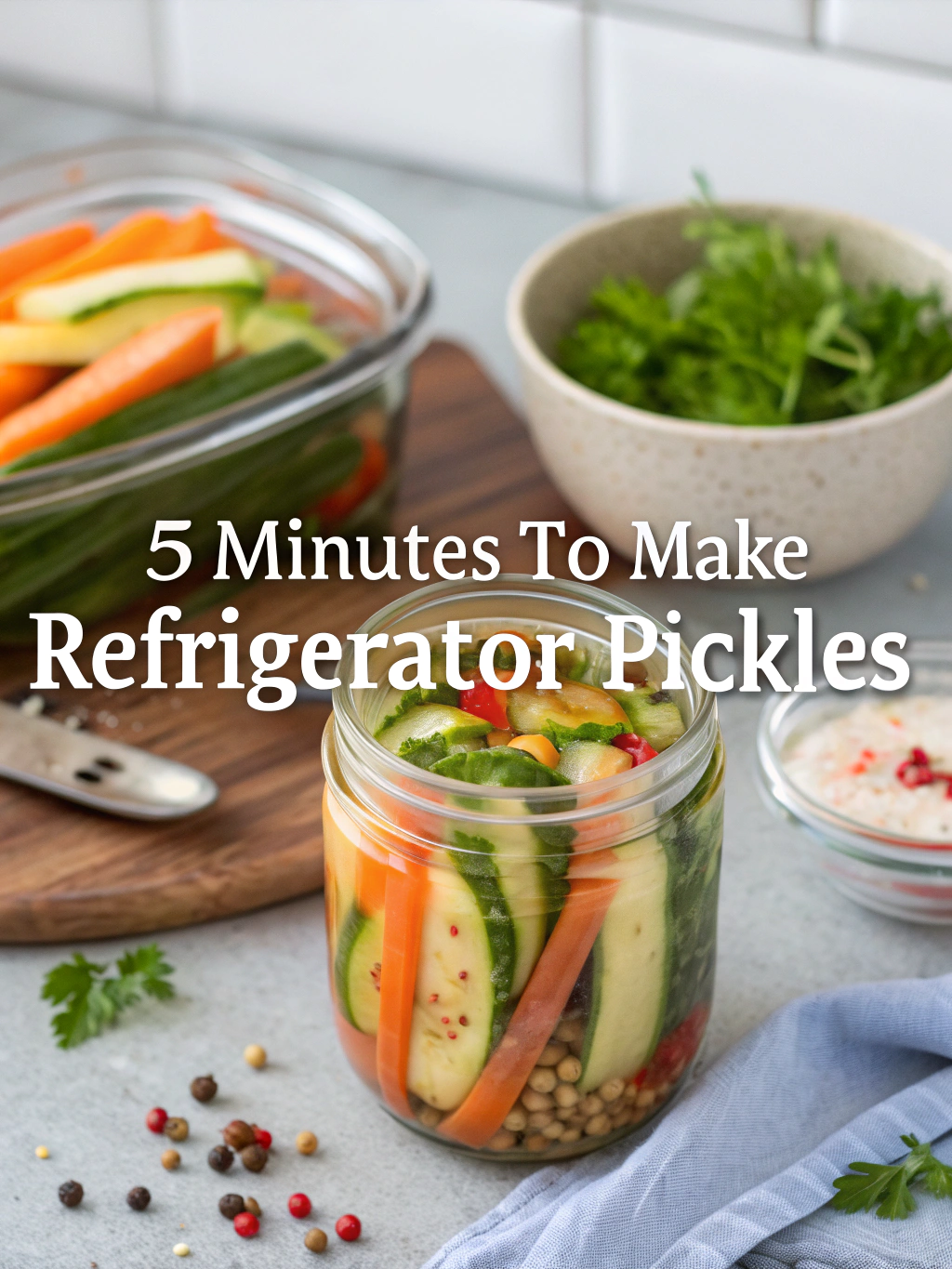
Introduction of British Baked Beans
Ever wake up and just—beans? That’s me, every dreary London morn when the fog’s so thick you could spread it on toast. I’ve been tinkering with British baked beans since my disastrious (yep, that’s my word) first attempt in 2011 when the pot exploded and my ceiling had orange speckles for 3 years. This isn’t your standard tin-opener recipe, oh no. This is what I call “bean elevation”—taking those humble legumes and giving ’em the royal treatment they ruddy well deserve.
Let me tell you somethin’ about British baked beans—they’re not actually baked most of the time! Shocking, innit? But mine are. Well, partly. My approach involves what I call “bean-bathification” which… well, you’ll see.
My Bean-sanity Journey
I remember standing in my gran’s kitchen in Dorset (not the posh part) when I was about 7, watching her open a tin of Heinz and thinking “is that it?” Fast-forward to uni days when I ate beans on toast 5 days running then couldn’t look at ’em for 2 years. Then last October—or was it November?—maybe September actually—I visited this tiny café in Yorkshire where the beans were SO GOOD I actually followed the chef into the car park to beg for his secret. He told me to bugger off. Fair enough.
My earliest attempts at British baked beans were… shall we say… not brilliant. I went through a phase of adding star anise (don’t) then a phase of using fancy beans (waste of money) and even a dark period where I pre-soaked beans for 48 hours (turned to mush, the lot of ’em).
Living in my tiny flat in Manchester with a kitchen barely bigger than a phone booth made proper British baked beans even harder—try keeping a low simmer going when your hob has exactly two temperatures: OFF and SURFACE OF THE SUN.
But I’ve cracked it now (she says, tempting fate). This recipe is my Sunday morning staple, my hangover cure, and what my nephew Ollie calls “the orange yummies.”
Stuff You’ll Need (Ingredients)
- 2 tins haricot beans (navy beans for you Americans) – drained but KEEP THE LIQUID! Trust me on this one.
- 1 medium onion, diced to ant-sized bits (the smaller the better, we’re after flavor not chunks)
- 2 cloves garlic – grated, not crushed. Crushing releases the anger of the garlic and makes it bitter. That’s my theory anyway.
- ½ tbsp tomato purée (the concentrated stuff in tubes, not passata!)
- 1 × 400g tin chopped tomatoes – the cheap ones work better, weirdly enough
- 2 tablespoons of brown sauce (HP is best, fight me)
- 1 Fenton’s worth of Worcestershire sauce (that’s about 3 good shakes)
- 1 ½ tbsp blackstrap molasses OR treacle – NOT golden syrup unless you want pudding beans
- 1 tsp smoked paprika – the good stuff from a proper deli, not the dusty supermarket stuff that’s been open since 2018
- ½ tsp mustard powder (Coleman’s ideally)
- A splash of whatever vinegar is lurking in your cupboard (except balsamic—too fancy)
- Salt & pepper to taste
- Knob o’ butter (about a tablespoon if you’re being all precise)
The Get-On-With-It Guide (Directions)
1️⃣ First thing’s first—melt that butter in your pan over a gentle heat. Chuck in your onions and let ’em sweat till they’re transparent-ish. Not brown! If they’re browning, you’ve got the heat too high and you’re rushing. This isn’t a race. This is BEANS. Add the garlic for the last minute only or it’ll burn and taste like punishment.
2️⃣ Now for the sauce-ification. Tip in your tinned tomatoes, that blob of tomato purée, the brown sauce (yes, really), Worcestershire sauce (pronounce it however you want, I won’t judge), molasses/treacle, paprika, mustard powder, and that splash of vinegar. Give it a good stir, bring to a simmer, then turn down to what my gran would call a “gentle blip-blop” for about 15 mins till it’s thickened up nicely.
C) Meanwhile—yes, I’ve switched to letters now, keeps you on your toes—drain your beans BUT SAVE THE LIQUID! I ended up with soup once when I forgot this bit. Put aside about half a cup of that starchy bean water. It’s liquid gold for adjusting thickness later.
- Once your tomato mixture has reduced and is looking glossy and a bit darker, add the drained beans. Stir gently—I use a technique I call “the spoon waltz” where you fold rather than stir aggressively. You want the beans to stay whole, not turn to mush.
STEP #5: Let everything simmer together for about 10 mins. If it’s looking too thick, add some of that reserved bean liquid. Too thin? Let it bubble away a bit longer. This is where our American friends go wrong with their baked beans – theirs are too sweet and thick.
¾. Taste test time! This is where you adjust seasoning. Need more salt? Add it. More tang? Splash of vinegar. Sweeter? Tiny bit more molasses. I usually find I need a smidge more Worcestershire sauce at this point—but I’m addicted to the stuff, frankly.
- Final bean-bathification: If you want to be proper traditional, transfer to an ovenproof dish, top with a bit of grated cheese if you’re feeling wild, and pop under a medium grill for 5 mins to get a slight crust. Or just serve straight from the pan like I usually do because who has time for extra washing up?
Notes & Tips (The “Why Didn’t Someone Tell Me This Before?” Section)
• NEVER add bicarbonate of soda to beans to make them softer. My Auntie Jean swears by this method, but Auntie Jean also believes WiFi causes baldness, so there you go.
• These beans actually taste better the next day. Make a double batch and reheat gently with a splash of water. In fact, I often deliberately make them too thick on day one because they mysteriously thin overnight in the fridge—something to do with bean science, probably.
• For a posher version (what I call “dinner party beans”), add a splash of red wine when cooking the sauce and a bay leaf. Remove bay leaf before serving unless you want to give someone a surprise.
• If serving to kids, go easier on the Worcestershire sauce and add a grated carrot for sweetness instead of more sugar.
• Vegetarian? Skip the Worcestershire sauce (it contains anchovies) and use Henderson’s Relish instead—it’s from Sheffield and it’s magnificent.
Kitchen Kit (The Absolute Essentials)
PROPER HEAVY-BOTTOMED PAN ★★★★★
Not those flimsy things that burn everything. I use my gran’s cast iron that’s older than me.
Amazon: https://www.amazon.com/dp/B000N501BK
WOODEN SPOON WITH CHARACTER ★★★★★
Plastic ones are an abomination. Mine has a scorch mark from 2018 when I fell asleep making jam.
Amazon: https://www.amazon.com/dp/B08J7VNG4Q
DECENT GRATER ★★★★★
For the garlic! I use a microplane that could probably file your taxes if you asked nicely.
Amazon: https://www.amazon.com/dp/B00004S7V8
Make It Your Own (But Don’t Ruin It)
• Breakfast Beans Deluxe: Add chopped bacon or sliced sausage when frying the onions. My friend Darren adds chorizo which sounds wrong but is actually genius.
• Student Beans (for when you’re skint): Use just one tin of beans, one tin of chopped tomatoes, and whatever condiments you’ve nicked from the pub. Still tasty, still fills you up.
• The Leftover Blaster: Chuck in any sad vegetables lurking in your fridge drawer—especially red peppers, celery, or mushrooms. Chop them tiny so the bean purists don’t notice.
• For a spicier version, add a chopped chili or two at the onion stage, or a dash of hot sauce at the end. My Canadian friend makes them with maple syrup instead of molasses which is basically dessert but she swears it’s traditional in Quebec (it’s not).
The One Question Everyone Asks
“Can I make British baked beans in a slow cooker?”
You can, but should you? In my experience, slow cookers turn the beans to complete mush—what I call “bean paste,” which is fine if you’re making a dip, not so great for British baked beans. If you must use a slow cooker (maybe your stove’s broken or you’re camping in luxury), then add the beans only for the last 30 minutes. The sauce can bubble away for hours, but those beans need respect. I once left beans in a slow cooker for 8 hours and they basically disappeared—had to tell everyone it was “tomato soup” instead.
Final Thoughts on Bean Perfection
So there you have it—my definitive guide to British baked beans that’ll make you throw your tin opener away forever. They’re versatile little beggars—breakfast, lunch, dinner, midnight snack—British baked beans are the great equalizer. Serve them on toast, with a full English, alongside a jacket potato, or just eat them cold from the container at 3am like I definitely haven’t done multiple times.
Remember, beans are personal. Some like ’em saucy, some like ’em thick. This recipe sits somewhere in the middle, but feel free to adjust to your own bean preference. After all, I’m not the Bean Police (though that would be a brilliant job title).
As the first runner-up in the 2019 Warrington Community Center Bean-Off (still bitter about losing to Derek’s smoky beans—he used liquid smoke, which is CHEATING), I can confidently say these British baked beans will change your breakfast game forever.
Bean there, done that,
Chef Liz “Beany” Parker x
Share with your friends!
Categorized in: Sides










